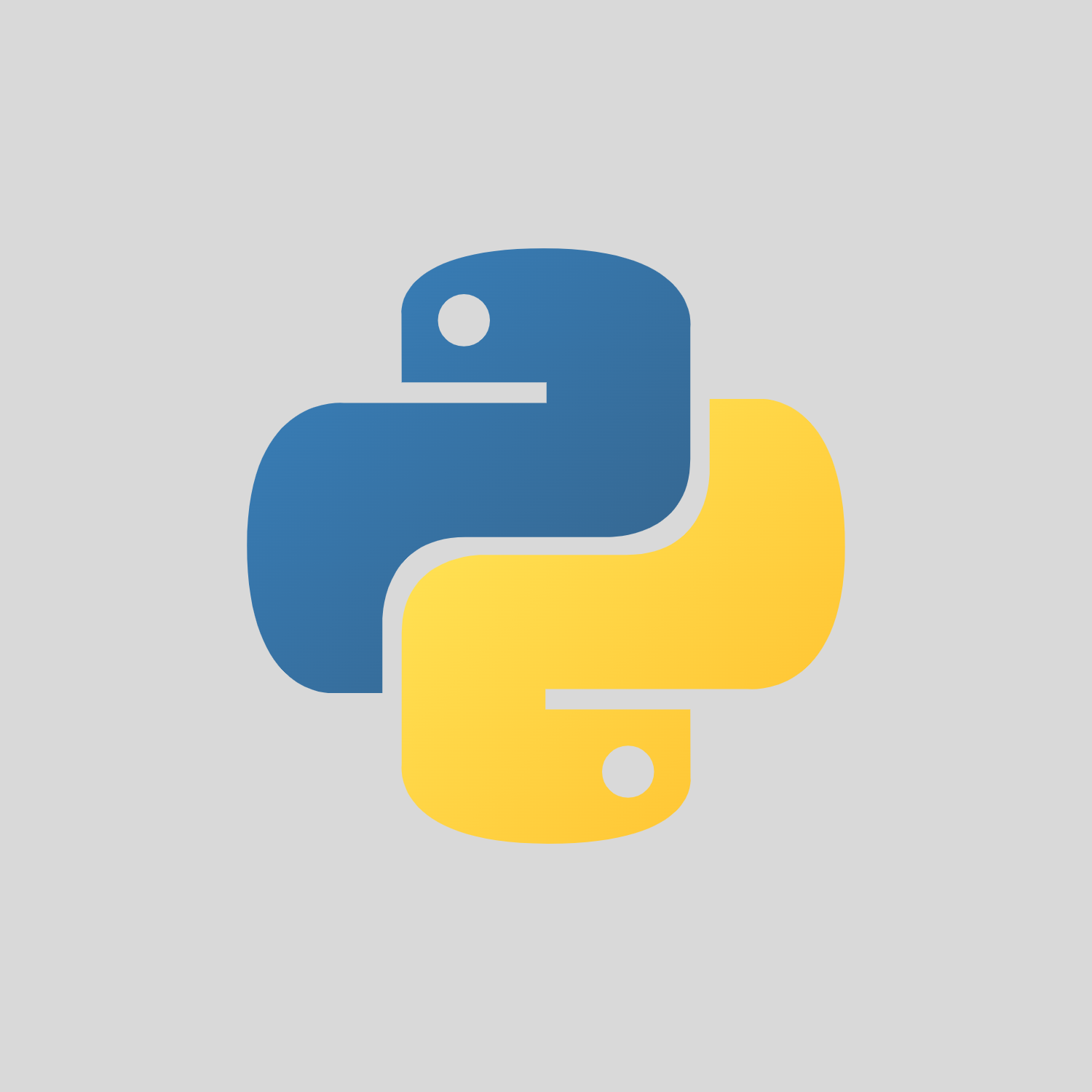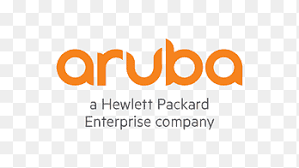Description
A core component of our Python Journey skills-immersion series, Introduction to Python Programming Basics is a highly-rated, hands-on training course that has provided thousands of students with the skills required to quickly and easily put Python to work in their job, task or project.
This three-day, jumpstart-style course will give you the foundation needed to program in Python. It covers programming basics such as flow control and data structures. It also tackles topics that are more unique to Python such as how to handle errors and exceptions, defining functions, and the basics of defining a Python class. This course provides an excellent start for users new to Python, enabling them to use their new skills immediately and providing the broad foundation for continued Python learning in their particular industry.
Who should attend
This basic level course provides an excellent kick start for users new to Python and scripting, enabling them to use basic Python skills on the job in a variety of ways.
This introductory-level Python course is geared for experienced users who want to use Python in web development projects, or system administrators and web site administrators who want to use Python to support their server installations, as well as anyone else who wants to automate or simplify common tasks with the use of Python scripts. Basic familiarity with any programming or scripting language would be helpful, along with a working, user-level knowledge of Unix/Linux, Mac, or Windows.
Course Objectives
This course combines expert lecture, real-world demonstrations and group discussions with machine-based practical labs and exercises. Our engaging instructors and mentors are highly experienced practitioners who bring years of current “on-the-job” experience into every classroom. Throughout the hands-on course, you’ll learn to write essential Python scripts using the most current and efficient skills, best practices and techniques.
Working in a hands-on learning environment, you’ll learn to
- Create working Python scripts following best practices
- Use python data types appropriately
- Read and write files with both text and binary data
- Search and replace text with regular expressions
- Get familiar with the standard library and its work-saving modules
- Use lesser known but powerful Python data types
- Create “real-world”, professional Python applications
- Work with dates, times, and calendars
- Know when to use collections such as lists, dictionaries, and sets
- Understand Pythonic features such as comprehensions and iterators
- Write robust code using exception handling
Outline: Introduction to Python- Python Programming Basics (TTPS4800)
Python Quick View
- What is Python?
- Python timeline
- Advantages/disadvantages
- Installing Python
- Getting help
The Python Environment
- Starting Python
- Using the interpreter
- Running a Python script
- Editors and IDEs
Getting Started with Python
- Using variables
- Builtin functions
- String data
- Numeric data
- Converting types
- Console input/output
- Command line parameters
Flow Control
- About flow control
- The if statement
- Relational and Boolean operators
- while loops
- Exiting from loops
Array types
- About array types
- Lists and list methods
- Tuples
- Indexing and slicing
- Iterating through a sequence
- Sequence functions, keywords, and operators
- List comprehensions and generators
Working with files
- File overview
- Opening a text file
- Reading a text file
- Writing to a text file
Dictionaries and Sets
- About dictionaries
- Creating dictionaries
- Iterating through a dictionary
- About sets
- Creating sets
- Working with sets
Functions
- Defining functions
- Returning values
- Parameters and arguments
- Variable scope
Sorting
- The sorted() function
- Custom sort keys
- Lambda functions
- Sorting in reverse
- Using min() and max()
Errors and Exception Handling
- Exceptions
- Using try/catch/else/finally
- Handling multiple exceptions
- Ignoring exceptions
Modules and packages
- Creating Modules
- The import statement
- Module search path
- Using packages
- Function and module aliases
Getting Started with Object Oriented Programming and Classes
- About object-oriented programming
- Defining classes
- Constructors
- Understanding self
- Properties
- Instance Methods and data
- Class methods and data
- Inheritance



